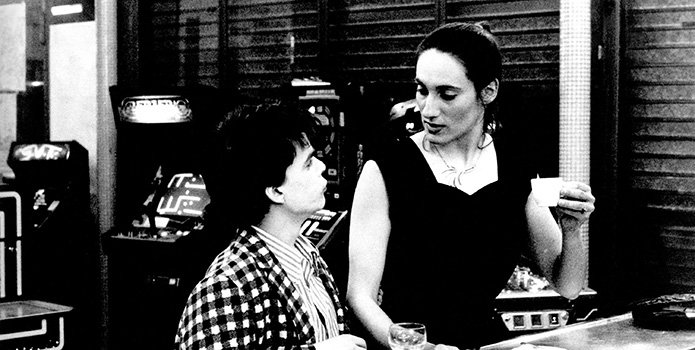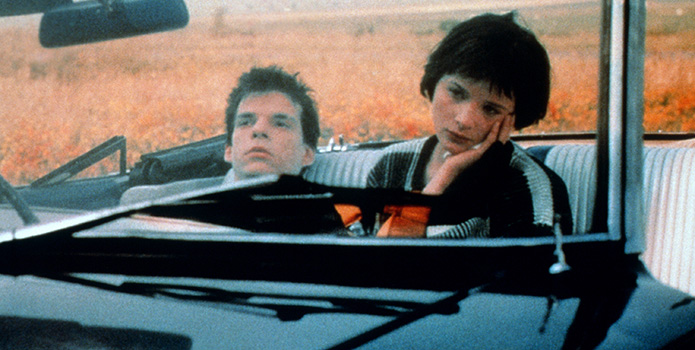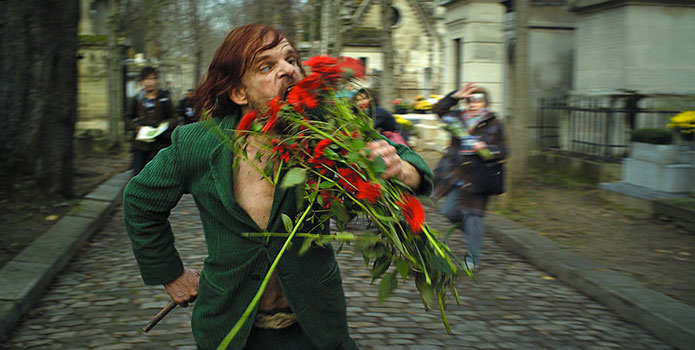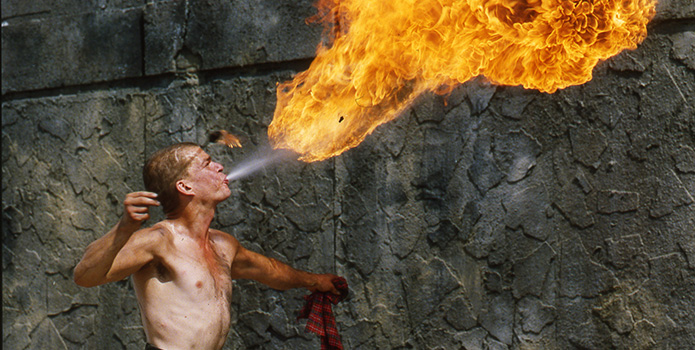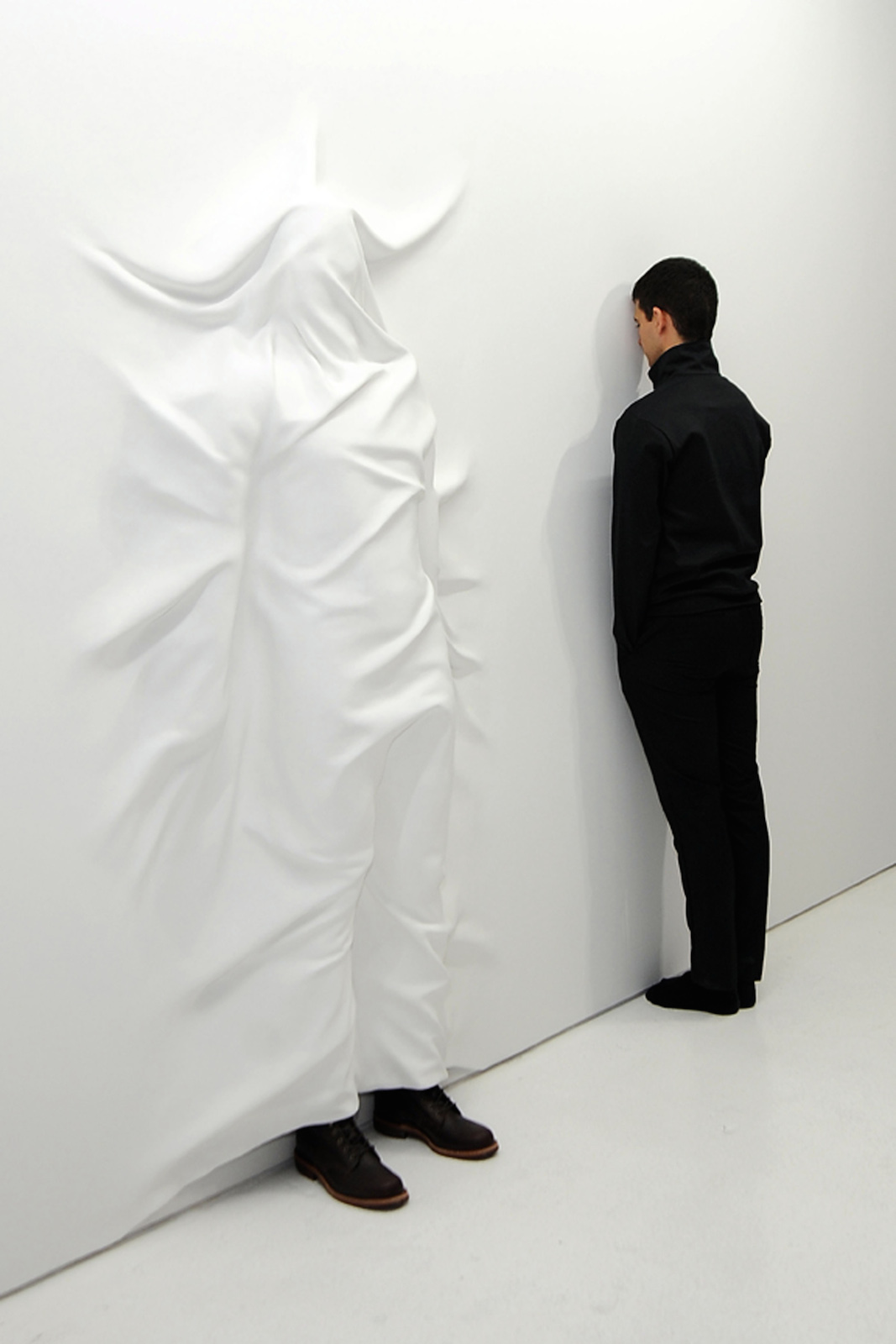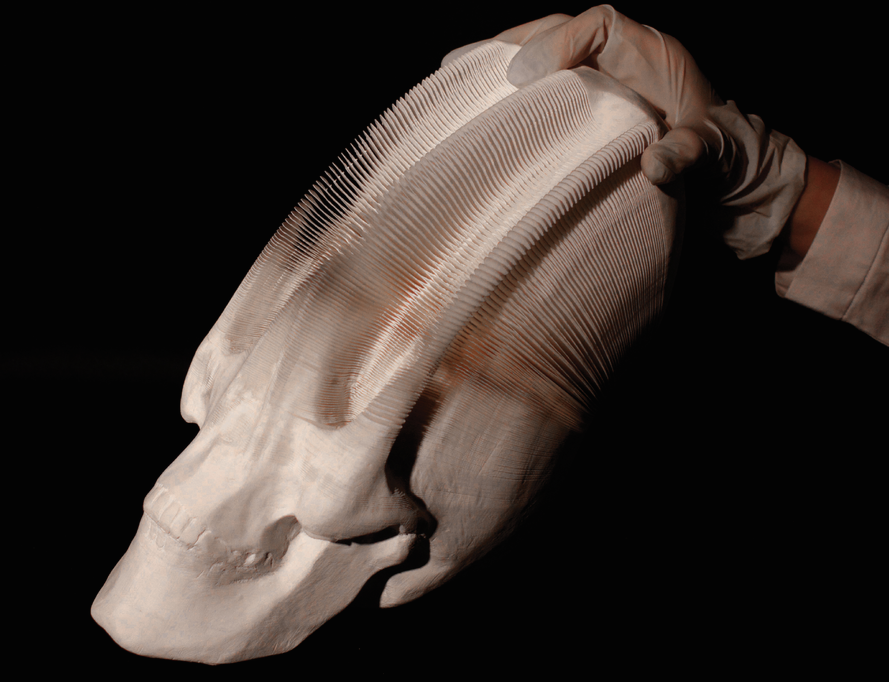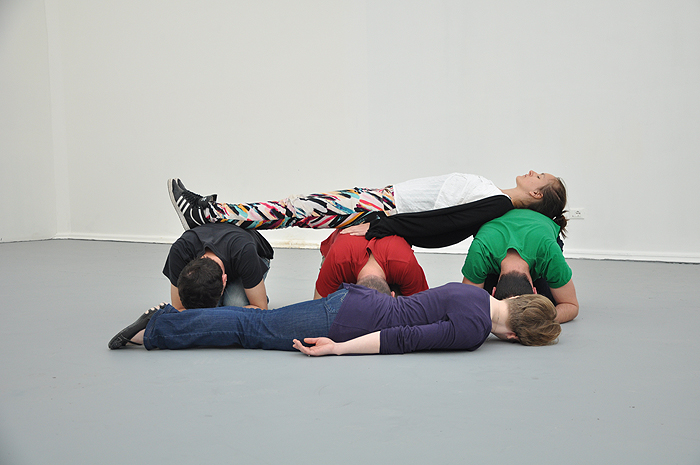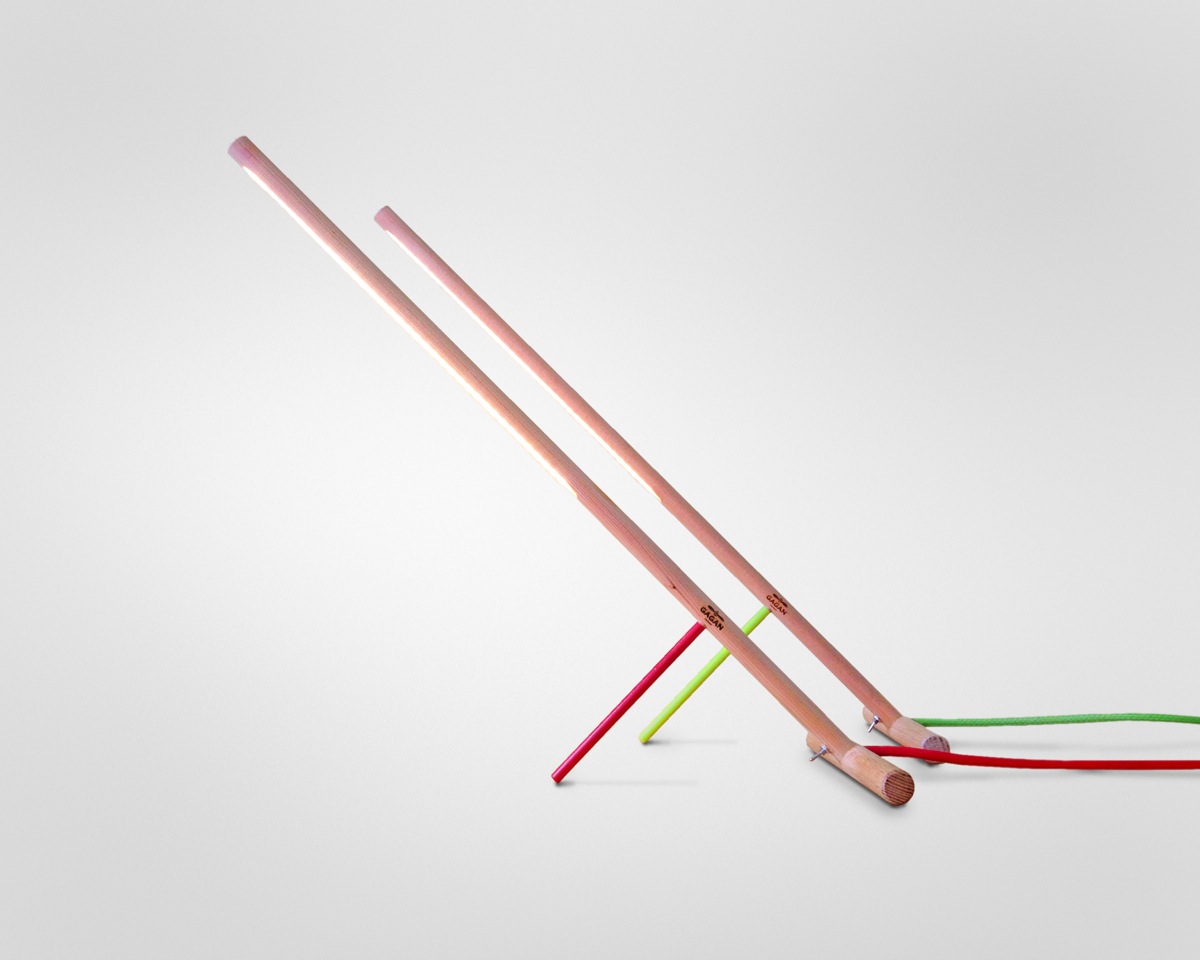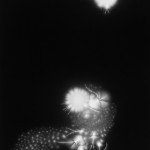INHALE is a cultural platform where artists are presented, where great projects are given credit and readers find inspiration. Think about Inhale as if it were a map: we can help you discover which are the must-see events all over the world, what is happening now in the artistic and cultural world as well as guide you through the latest designers’ products. Inhale interconnects domains that you are interested in, so that you will know all the events, places, galleries, studios that are a must-see. We have a 360 degree overview on art and culture and a passion to share.

To celebrate the return of French cinema’s perpetual enfant terrible with last year’sHoly Motors, we revisit the dazzlingly distinctive films of Leos Carax in this full TIFF Cinematheque retrospective.
Léos Carax was born in France. He began his career as a film critic and short-film director before making his feature-length debut at age 23 with Boy Meets Girl (84), which marked the first of his collaborations with actor Denis Lavant. His other films includeMauvais Sang (86), Les Amants du Pont-Neuf (88), Pola X (99), a segment in the anthology film Tokyo! (08), and Holy Motors (12).
Boy Meets Girl
Leos Carax’s first feature was acclaimed as the greatest debut in French cinema since Godard’s Breathless.
Widely acclaimed as the greatest debut in French cinema since Godard’s Breathless, Carax’s prodigiously beautiful Boy Meets Girl gets its first screening in Toronto in two decades, making tonight one of the mandatory cinephile outings for the summer. Dumped by his girlfriend Florence and faced with imminent military service, the heart-sick Alex (Denis Lavant) wanders the streets of Paris before faking his way into a party thrown by a strange American socialite. There he falls in love with sad-eyed Mireille (Mireille Perrier), a suicidal model who tap dances to stave off the depression she has experienced since her boyfriend deserted her via a message delivered by intercom. (As always with Carax, despair gives way to drollery: in a tableau worthy of Tati, a bed crawling with babies replaces the usual party perch for coats.) With its wittily knowing title and impeccable New Wave atmosphere — a plenitude of pinball machines, shoplifting forays, and nocturnal rendezvous by the Seine — Carax’s moody “three nights of a dreamer” is suffused with a youthful sense of loss and longing. Fêted upon its release by such critics as Jay Scott, Serge Daney and Jonathan Rosenbaum as marking a renaissance in French cinema, Boy Meets Girl was recently celebrated in The New Yorker as “ecstatic cinema and ecstatic living join[ed] together” (Richard Brody).
Mauvais Sang (Bad Blood)
A petty hustler (Denis Lavant) is rooked into a robbery scheme by a suave gangster (Michel Piccoli) and his beautiful young mistress (Juliette Binoche) in Leos Carax’s offbeat, madly cinephilic thriller.
Set in a Paris plunged into a permanent heat wave by an approaching comet, Carax’s controversial thriller focuses on Alex (Denis Lavant), a petty hustler and ex-con, who is pressed by a veteran gangster (Michel Piccoli, suavely malevolent in a peroxide skull cut) into committing a heist to steal the antidote to a deadly virus which is spread by “making love to those you don’t love.” Alex falls for the crime boss’ mistress Anna (Juliette Binoche, made up to evoke Louise Brooks), who lives in a glass house. A rival gang led by a vicious American dowager (Carroll Brooks) lurks in the shadows, also intent upon securing the precious serum. Jean-Yves Escoffier outdoes his cinematography in Boy Meets Girl with a dazzling array of geometric and surrealist compositions, while Carax proves his contention that Mauvais sangis “a film that loves cinema but not the cinema of today” by filling it with images from and homages to favourite films (especially Godard’s Alphaville, screening on July 11). But the film’s undisputed centrepiece is Alex’s acrobatic dance down a city street to David Bowie’s “Modern Love,” as the careening camera follows deliriously in his wild wake. “Carax’s masterpiece” (Senses of Cinema); “the cult film of its generation” (Chuck Stephens, Film Comment).
Holy Motors
Exhilarating in its ceaseless invention, the crazily lovable Holy Motors follows the mostly nocturnal sorties of the chameleonic businessman Monsieur Oscar (Denis Lavant, naturellement), who is ferried through a dreamlike Paris in a stretch limousine by chic chauffeur Céline (Edith Scob). In a series of strange encounters, each more thrilling and mysterious than the last, Oscar takes on a series of radically different identities — an old bag lady, a solicitous turned abusive father, an obsessed assassin, an acrobatic motion-capture model, and a freakish, flame-haired, finger-chewing creature spewed from the sewers — to what purpose, other than the audience’s delighted pleasure, we can never be certain. Among the peculiar personae who turn up are an amusingly imperturbable Eva Mendes, a sinister Michel Piccoli, and a pixieish Kylie Minogue, outfitted with a Jean Seberg bob and singing her heart out. And just when the anarchic invention seems ready to run out, Holy Motors ends on a grace note which answers the question from last year’s other limo-launched hallucination — David Cronenberg’s Cosmopolis — as to where all the limos go at night. “One of the ten best of the year…. It’s a gift for moviegoers to have this much freedom, and exhilarating…. It’s cinema reloaded” (Manohla Dargis, The New York Times).
Les Amants du Pont-Neuf
Released in North America as The Lovers on the Bridge almost a decade after its infamous making — the film’s frequently delayed shoot, bloated budget, and technical problems earning it a reputation as the Heaven’s Gate of French cinema — the amazing Les amants du Pont-Neuf must be seen on the big screen to savour all its mad Caraxian extravagance. Two young homeless people — Alex (Denis Lavant), a semi-autistic drunk who makes his living as a fire eater, and Michèle (Juliette Binoche), an embittered painter going blind — meet on the Pont-Neuf and fall into an amour fou. (Isn’t all love crazy in Carax?) Drawing on everything from the romantic fatalism of forties French cinema to the gaudy excess of Hollywood musicals, Les amants tops each spectacular setpiece with an even showier one, culminating in the sequence in which the lovers commandeer a police boat on Bastille Day and go on a water-skiing spree down the Seine as fireworks explode around them — “a consummate moment of romantic delirium” (Dave Kehr,The New York Times). “A movie that explodes in your head for days after you see it … I’m telling myself to see the movie again before I begin mentioning it in the same sentence as Breathless and Celine and Julie Go Boating as a landmark of French cinema. But there it is” (Robert Horton, Film Comment).
Pola X
Love has rarely seemed more doomed than in Carax’s modern update of one of his favourite novels, Herman Melville’sPierre: or, The Ambiguities. Written in a state of “morbid excitement,” the nineteenth-century novel ideally suited Carax’s already extreme vision of fated amour. Upper-class novelist Pierre (Guillaume Depardieu) lives in a Normandy villa with his clinging mama (Catherine Deneuve, Oedipal and elegant) and his charming fiancée (Delphine Chuillot). Shadowing his sunny existence is a dark, wraithlike woman (Katerina Golubeva), who turns out to be his half-sister from one of his father’s infidelities. Shattered by the revelation and his growing desire for his ghostly sibling — consummated in a scene of convulsively graphic sex — Pierre accompanies her to Paris to live in penury so that his next novel might finally reflect “the truth.” Eerily prophetic — the film features a motorcycle accident and a suicide which respectively portend the real-life ends of its two ill-destined stars, both tortured souls who died long before their time — Pola X is also Carax’s most operatic, personal, and passionate film. “At once breathtaking and ridiculous[ — ]and it’s the tension between these two extremes, as well as Carax’s own intoxicating style, that makes it essential viewing” (Manohla Dargis, L.A. Weekly).
via tiff.net



